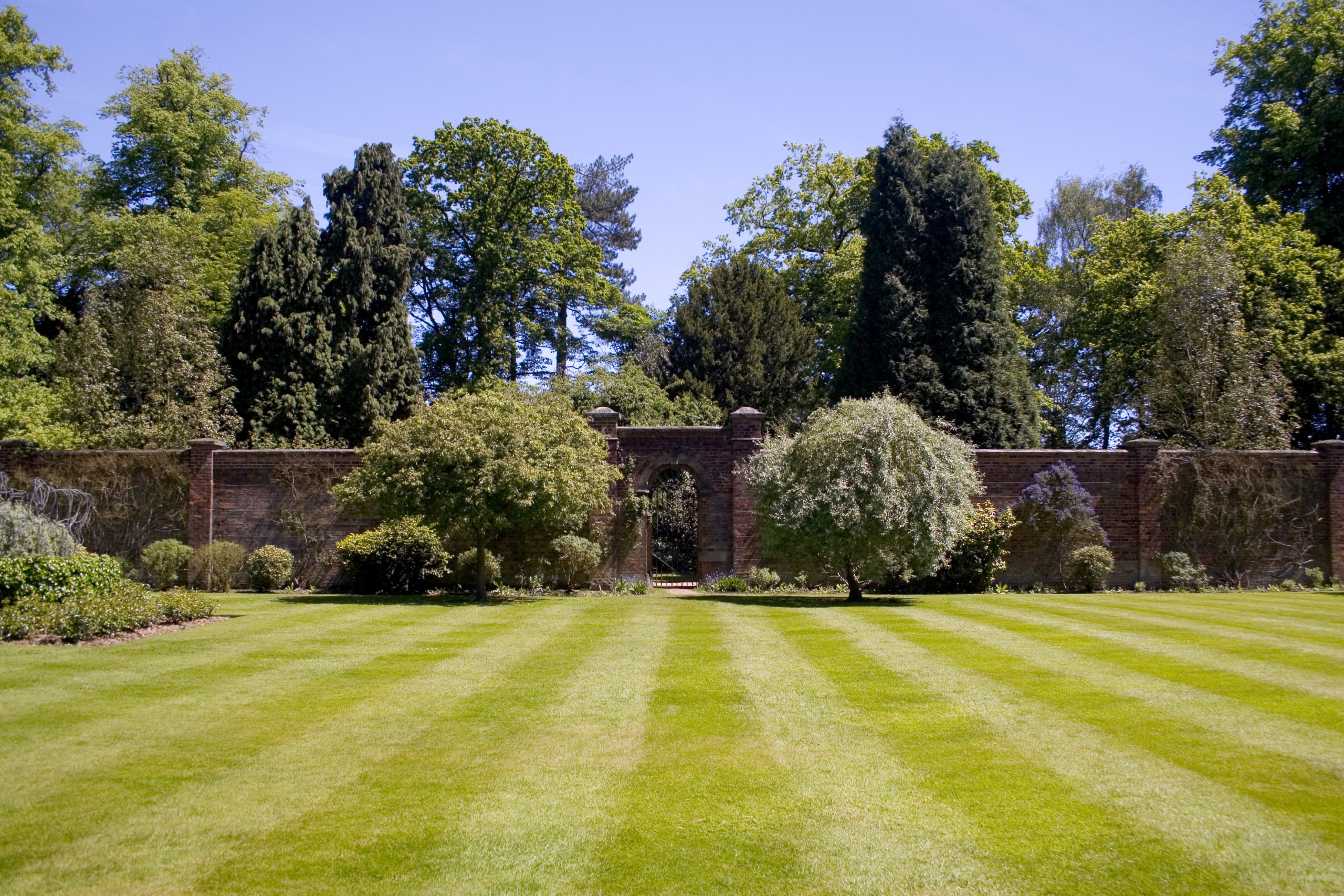Thanks for visiting!
Over the past few years, we've grown into something we never thought would be possible. From our humble beginnings providing services to local people around Cheshire, we've built a huge following of loyal customers and fans.
With this, we're re-focusing on providing engaging and educational content on our social media channels, however we're not leaving everything behind, you can still contact us for any queries or work you may want doing by emailing info@lawnstripesandhedges.co.uk. Then, while you're waiting for a response, be sure to follow us on our social media outlets below, we really appreciate it.
Thanks for everything!
Mark and Tina :)
Instagram: https://www.instagram.com/markmarshall_lsh/
YouTube: https://www.youtube.com/@MarkMarshall_LSH/
Facebook: https://facebook.com/lawnstripesandhedges/
TikTok: https://www.tiktok.com/@markmarshalllsh
LinkedIn: Search for 'Lawn Stripes and Hedges'

